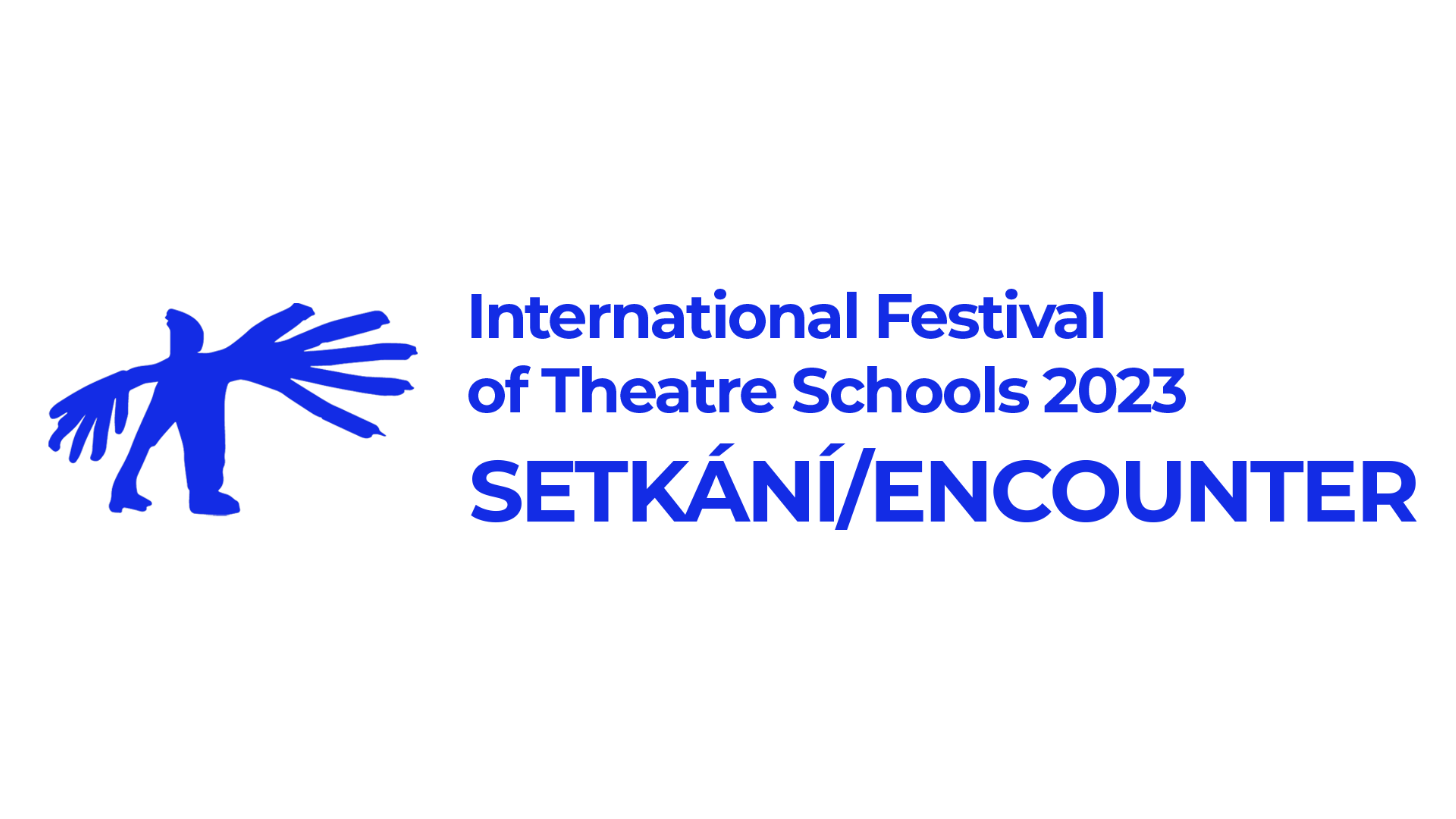
To live or not to live?
The second day of the festival was marked by ancient tragedy. One of them was brought to us by the students of the Korea National University of Arts. In their performance the Nape, they combined three plays by Euripides: Iphigenia in Aulis, Agamemnon, and Electra.
If I had to describe this production in one word, it would be the word experiment. The creators here combine modern performance art, traditional puppet theatre, and Korean dance in Talchum masks. Traditional Korean masks in connection with antiquity may, at first glance, seem like something very distant, but don't let that first impression fool you. The combination of components may surprise you, but it creates a rather unique combination that fits together and works. The result is a truly captivating production that engages the viewer with something that perhaps cannot be precisely defined.
As we watch, we wonder not “who is acting?”, but rather: what is being acted? What ideas and themes are coming to the fore? We know that three tragedies come together here, with three female characters standing out. However, if the viewer expected feminism as the main theme of the production mainstay, they would be disappointed. It's not that it's not present at all. Rather, it has been pointed out through symbols and ideas. However, it must be said that the creators also discussed other themes that can certainly engage the viewer and are indicative of the 21st century.
The form of the production is somewhere between puppet and physical theatre, which often creates the opportunity for various comic situations. The musical component, which, despite its minimalist nature, forms the basis of the production, also contributes to the overall impression. It closely reflects what is happening on stage: the actor is dependent on the music and the music on the actor. This collaboration, which persists throughout the production, is undoubtedly one of its best aspects.
What wasn't so clear at first glance, however, is the production's storyline. The production certainly demands that the viewer be familiar with the subject matter, but even that won't guarantee understanding of everything. In fact, some parts seem chaotic, which may also be due to the fact that the production is composed on several planes.
On stage, apart from the simple set design, we could also see the shadow play that was part of the production. However, the latter was more lengthy than desired at some points, given the context of the story. The basis of the set design was a brown canvas, which, at least in its colour and design, seemed to refer to the period in which the story takes place. What should be highlighted, however, are the colourful costumes, which added variety to the production and supported its humorous aspects.
One would imagine that the theatrical tradition of South Korea is something distant from us. After all, we are talking about a completely different culture. However, this production is proof that theatre can be the right way to break down barriers.


